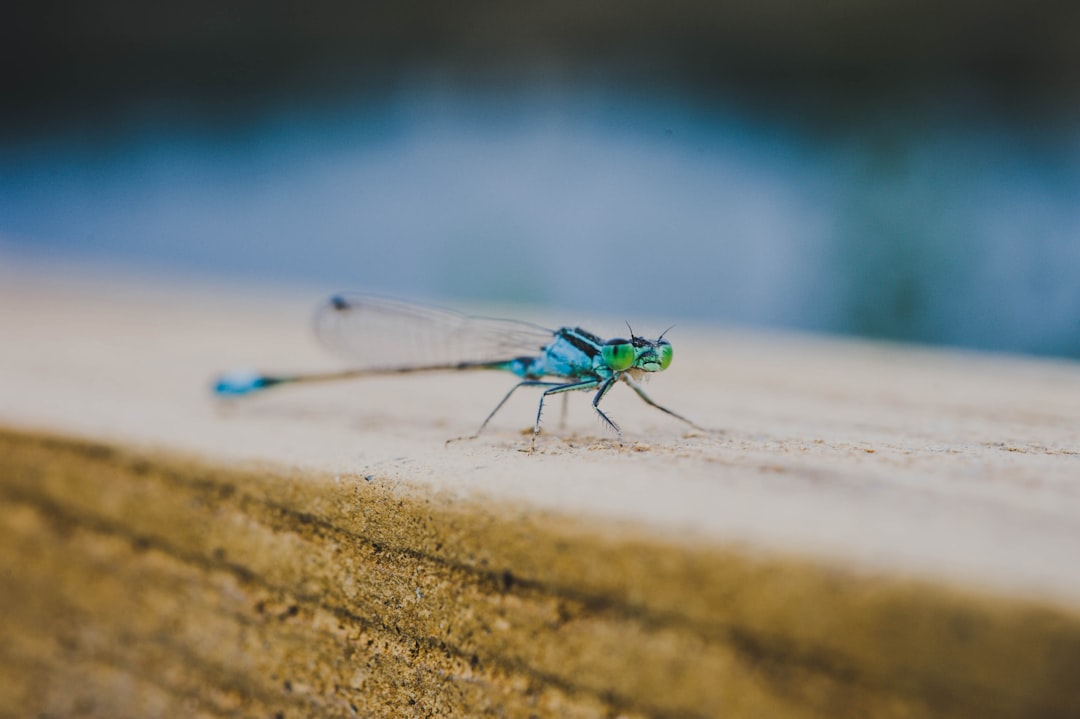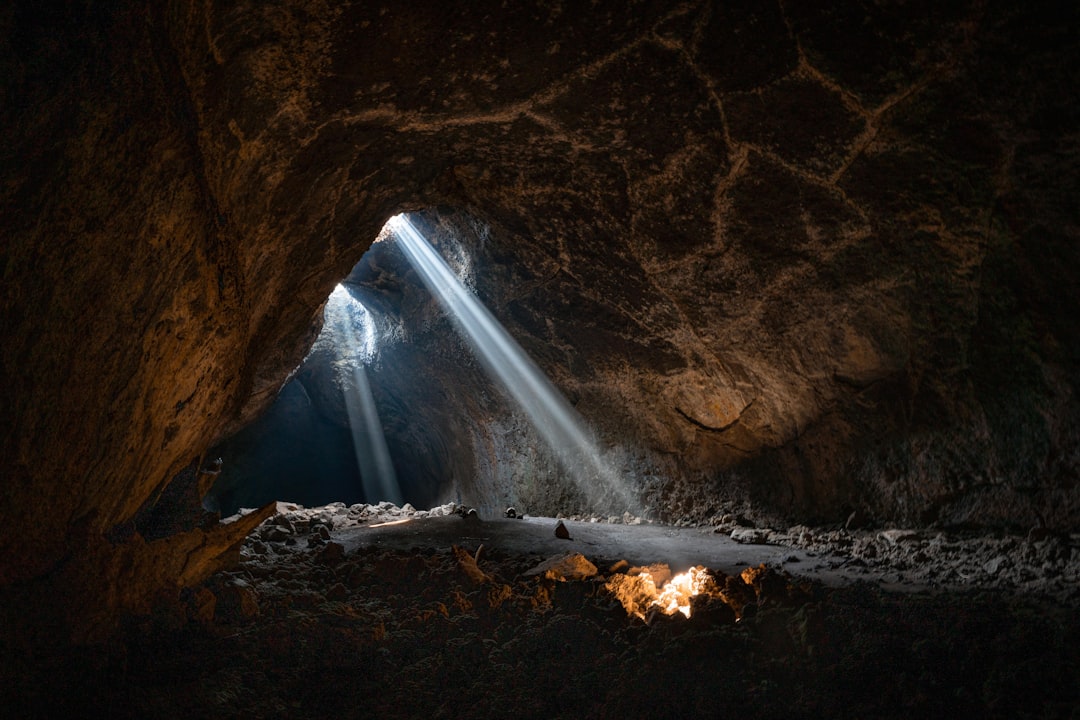What is it about?
The beetle, Anomala testaceipennis Blanchard (Coleoptera: Scarabaeidae), occurs in central-western Brazil where larvae feed on the roots of plants causing damage. This research aimed to study sexual dimorphism and mating behavior of A. testaceipennis. Adults of A. testaceipennis were collected with light traps in the experimental area of the State University of Mato Grosso do Sul, in Aquidauana. Laboratory experiments were performed to describe copulation behavior and adult morphology of males and females. In males the last abdominal segment has a pronounced constriction, which is absent in females, and the male's last segment of the first pair of legs has a ventral projection, which is poorly developed in females. The mating activities of adults begin soon after sunset, when adults leave the soil and fly. When the male encounters a female, he touches her with antennae and tarsi. If accepted, the male climbs on the female and remains on her back, and soon after the copulation begins. When the female does not accept the male for mating, she moves rapidly and can roll on the ground, and by so removing the male. In the field, adults feed and mate on bloomed trees of Oiti, Licania tomentosa Benth (Malpighiales: Chrysobalanaceae) and Louro, Cordia glabrata Martius (Boraginaceae). In trees without inflorescences no adults of this species were found.
Featured Image
Read the Original
This page is a summary of:
Sexual Dimorphism and Mating Behavior in
Anomala testaceipennis, Journal of Insect Science, January 2014, Oxford University Press (OUP),
DOI: 10.1093/jisesa/ieu072.
You can read the full text:
Contributors
The following have contributed to this page










